

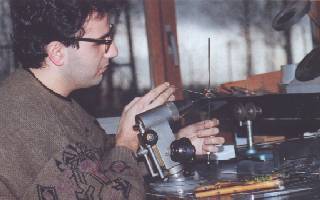
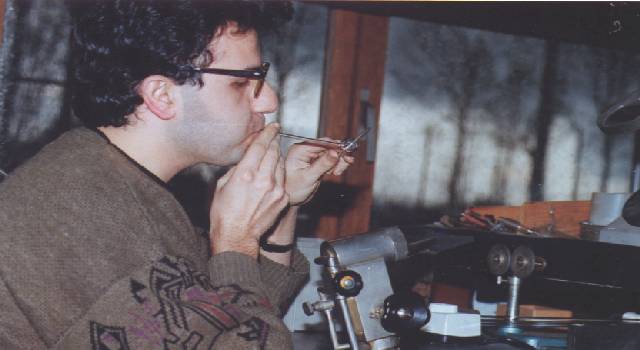
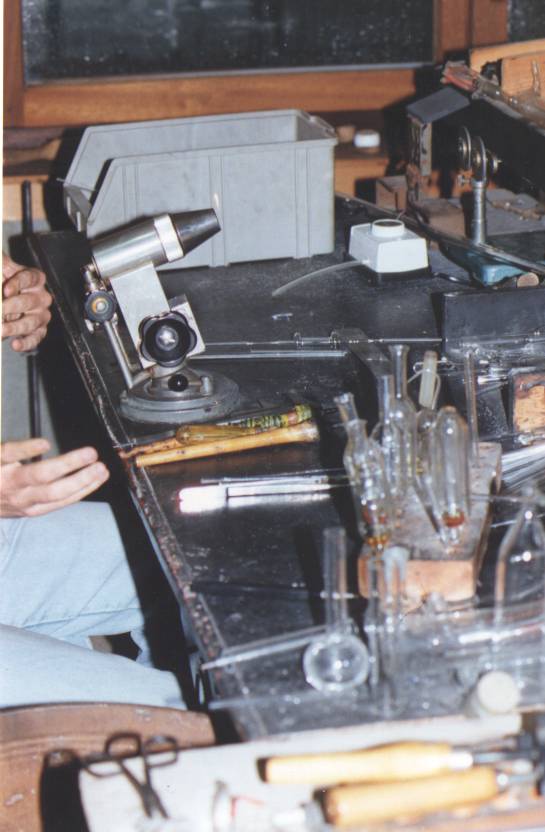
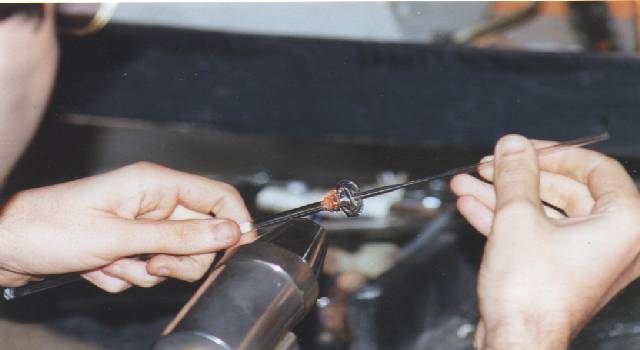
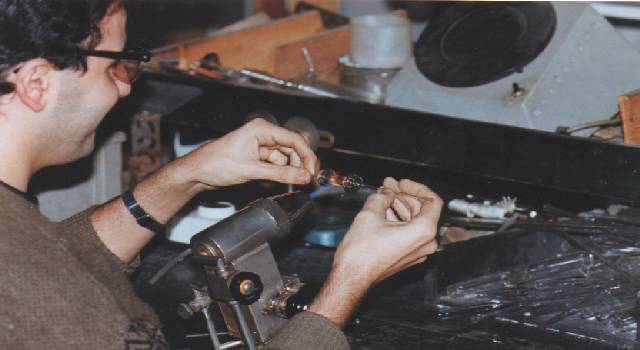
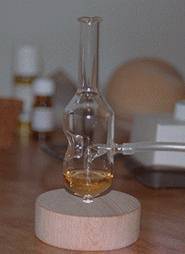
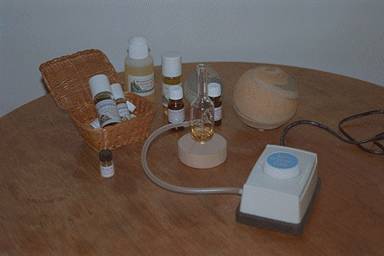
More discussions about diffusing oils or heating them in a burner:
There is absolutely no better way to use essential oils therapeutically
than
to place them in a diffuser / nebulizer. This little device "spits"
out a
barely visible stream of micronized essential oil droplets, so tiny
they
almost look like smoke coming out of it. The Cool Air type simply
acts as a
fan to blow the oil's fragrance molecules from a saturated pad ...
some also
humidify the air as they do this.
For me, a nebulizer ... I can always buy a regular humidifier and put
eo's in it too. A good tip .... **** get one with a timer on
it ****
so that you can use it with or without the timer. You will use
less
oil this way, and can set and forget about it all day long!
Susan
***
Basically the "nebulizers" have a pump usually housed in a square or
rectangular base and powered by electricity. They also have a
strange-looking glass goodie with lots of twists and turns which sits
on top of the base. There are some differences from here on.
All of
them somehow pump up teensy amounts of EO which is forced through the
glass goodie, bouncing and slapping off its walls as it goes through
the twists. This breaks up the drops of EO into itsy, bitsy droplets
which are pushed into the air. EOs diffused in this way are whole
although in tiny droplets. When EOs are diffused with heat, some
portions of the component chemicals vaporize into the air before
others, so the EO is kind of broken down into its parts somewhat by
the diffusion. At the right sort of heat, the EO constituents
will
vaporize nearly at once and the "separation" is not noticeable.
This
is why it is better to put the EO into already heated water in an
aroma lamp. The nebulizer diffusor will saturate the air if run
long
enough for the room size and will guarantee that the EOs are breathed
in. This is important for respiratory problems because the topical
antimicrobial effects of the EOs in the nose and breathing passages
are needed. This situation also increases the chances of mucus
membrane absorption. You get to decide whether or not you want
to
have this on a regular basis or just when you are sick enough to need
it.
Jo
***
Anyway ... a nebulizer type diffuser forces air into the essential oils
(via
an air pump) and then out a nubulizing piece that is designed to make
the
essential oil particles very very minute ... almost invisible.
It looks
like smoke (almost) coming out of the nebulizer. THESE are the
most
effective way of getting aromatic molecules of essential oils out into
the
air as well as being utilized by the body. There is absolutely
nothing
better (IMHO) than a good synergistic blend placed in one of these
units
when it comes to treating coughs / colds / congestion or cleaning air.
They
are also far more effective for mood / emotions and anything else you
would
use essential oils for (except perhaps things like arthritis, skin
conditions, etc. where topical application is best).
The tiny aromatic bits of essential oil can then attach themselves
readily
to the molecules in the air ... you breathe in the air ... and hence
the
effect. They will also fill up a room with frangrance in almost
seconds!
The timer type is great because we humans get used to the smells around
us
after a few minutes (about 20 or 30) ... the timer allows for diffusion
...
a rest period and then diffusion again (not to mention that it
is
just a lot more convenient than turning it off and on).
You will notice that the timed ones are more expensive but ARE really
nice
to have.
Susan
***
Thanks, Susan, for a wonderful passage on diffusion. I would just like
to add
this:
It is not recommended to run Nebulising Diffusers continually except
in very
airy or open conditions. In fact the thinnest of dispersions will give
the
best results. Nebulising Diffusers are best used in short 15
minute bursts at,
say, two hour intervals. Remember that long-term exposure and
the
accompaning lack of awareness of the aroma does not mean it is not
having an effect. Long term exposure can also lead to negative
effects of the essential oils....sometimes the opposite of what they
were originally being used. Less is better, both in time and
exposure.
Jade
***
Other web pages with images of nebulizers:
Joanne Basset